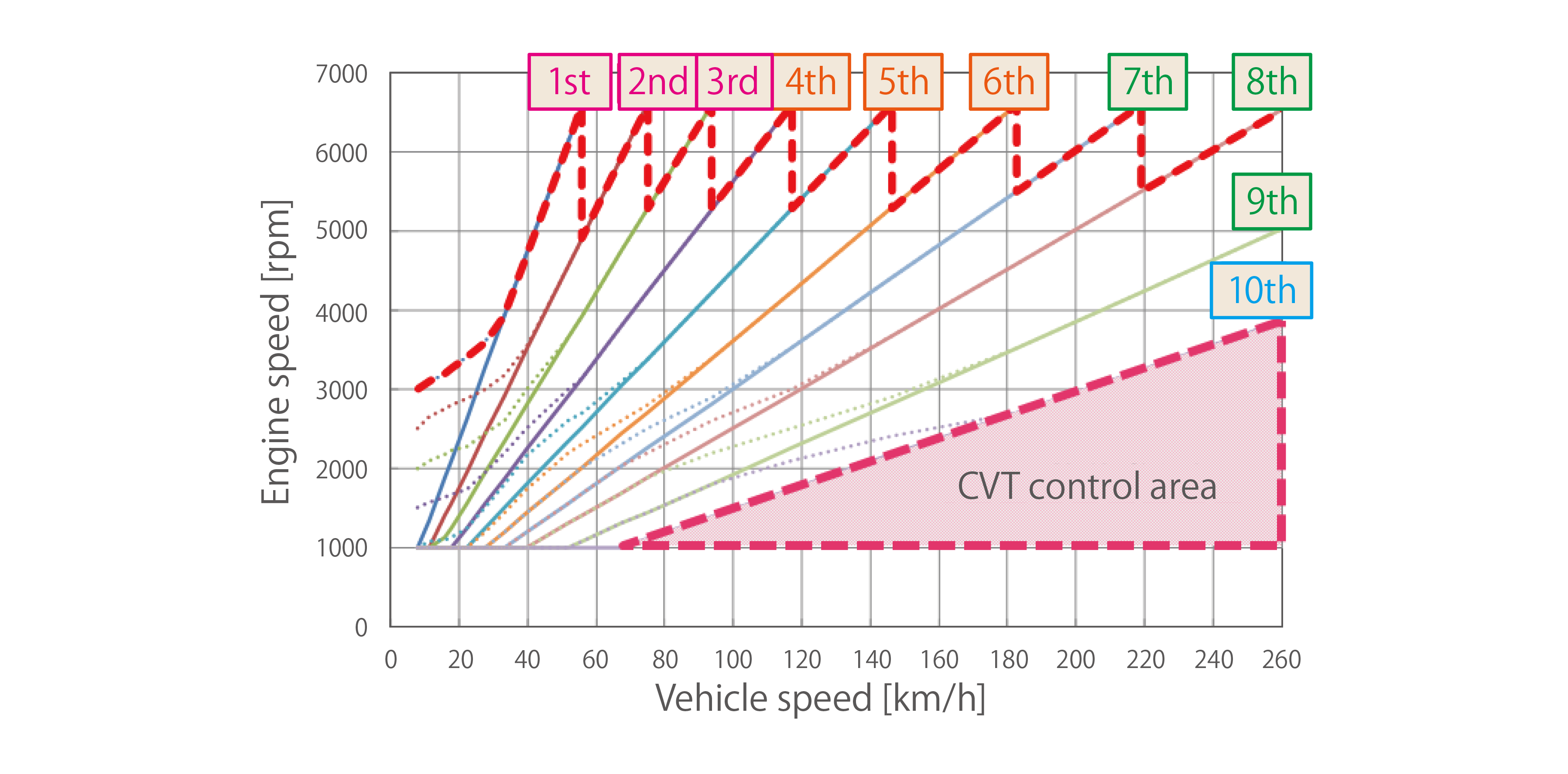This post was originally written for Oppositelock, but with the impending death of Kinja user blogs, I’m reposting it here.
So, last time I posted here, I said I’d think about doing a piece on the Toyota/Lexus Multi-Stage THS-II. This is that piece, but I thought I was basically going to do a technical overview, not a rant.
Instead, I’ll let the video above, this article on Toyota’s site, and this patent handle the technical overview part. It’s an interesting transmission – essentially an ordinary Toyota hybrid system, with a 4-speed automatic on the end of it. This is really an extension of the concept used by the GS 450h and LS 600h’s L110 transmission, which is also an ordinary Toyota hybrid system, with a 2-speed automatic on the end between MG2 (the main electric motor) and the output shaft, to the entire transmission and to a larger range of gearing. Basically, it extends the operating range of the transmission, allowing higher engine RPMs at low speed, lower engine RPMs at high speed (it’s hypothetically able to shut off the engine all the way to maximum vehicle speed, although in practice, it seems to only do this at 140 km/h or slower), and better efficiency overall.
So, the belief is that this thing is going to be applied to many – maybe all? – RWD Lexus hybrids. I also believe that it’ll eventually appear in trucks, as Toyota has a patent depicting a very similar configuration (not identical, but then, the patent’s priority date was in 2007) with a low-range gearbox on the end of it – the improved operating range given by the gearing could greatly improve towing capability and the like for vehicles equipped with this setup. Because this will be in many different applications, this rant is going to be purely about the LC 500h application – Toyota may well tune it differently in other applications.
I’m going to rant about this graph, right here, from Toyota’s technical overview:

A version of this is also in the video above (although it doesn’t show the CVT control area for “10th” gear), and you can see acceleration runs in action in that video.
Also, note that I’m OK with a fake manual mode on CVTs and CVT-like transmissions – I can safely ignore that. (Although, this is a car that I’ll never buy, so I can safely ignore it too… but I’m still going to rant about it.) This, however, is enabled in drive, so full rant mode engaged.
The entire freaking point of a CVT is that it pins the engine at the ideal RPM for the current power demand, and the Toyota e-CVTs are quick about it, too (quick enough that they’re faking freaking gearshifts with this), and can use electric torque filling to remove at least some of the feel of waiting for the engine to rev up before you get the power.
This is faking gearshifts all the time (unless you’re above about 70 km/h, then it’s possible that you get into “10th gear”, which basically means 4th on the reduction box, and behave like a CVT on the power split device), although with the ability to “curve” the gear ratios to improve low-speed power.
This is literally making the car slower (less engine power) and less efficient – and from what I’m reading, without the ability to disable this – purely to appease some people who prefer the feel of antiquated automatic gearboxes. It might add a bit of jerk, which would add to the feeling of acceleration, but at the expense of actual acceleration.
And, I should be clear, I like driving manuals, too, but I despise stepped automatics, and this is an e-CVT (with a stepped automatic on the end of it, true, but the e-CVT can mask the shifts if done right, as in the old Toyota L110), a transmission type I actually like.
Manufacturers, don’t do stupid fake gearshifts on your CVTs, really. Or, if you do, make it so the end user can disable that shit.
One Reply to “This is a bunch of bullshift. 10 “speeds” of bullshift.”